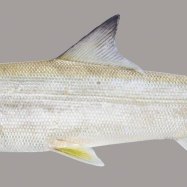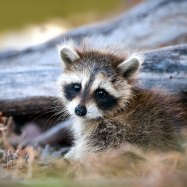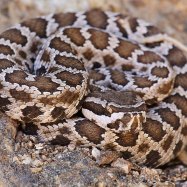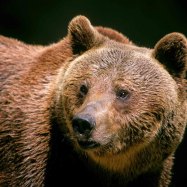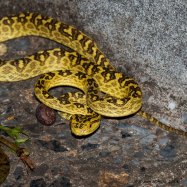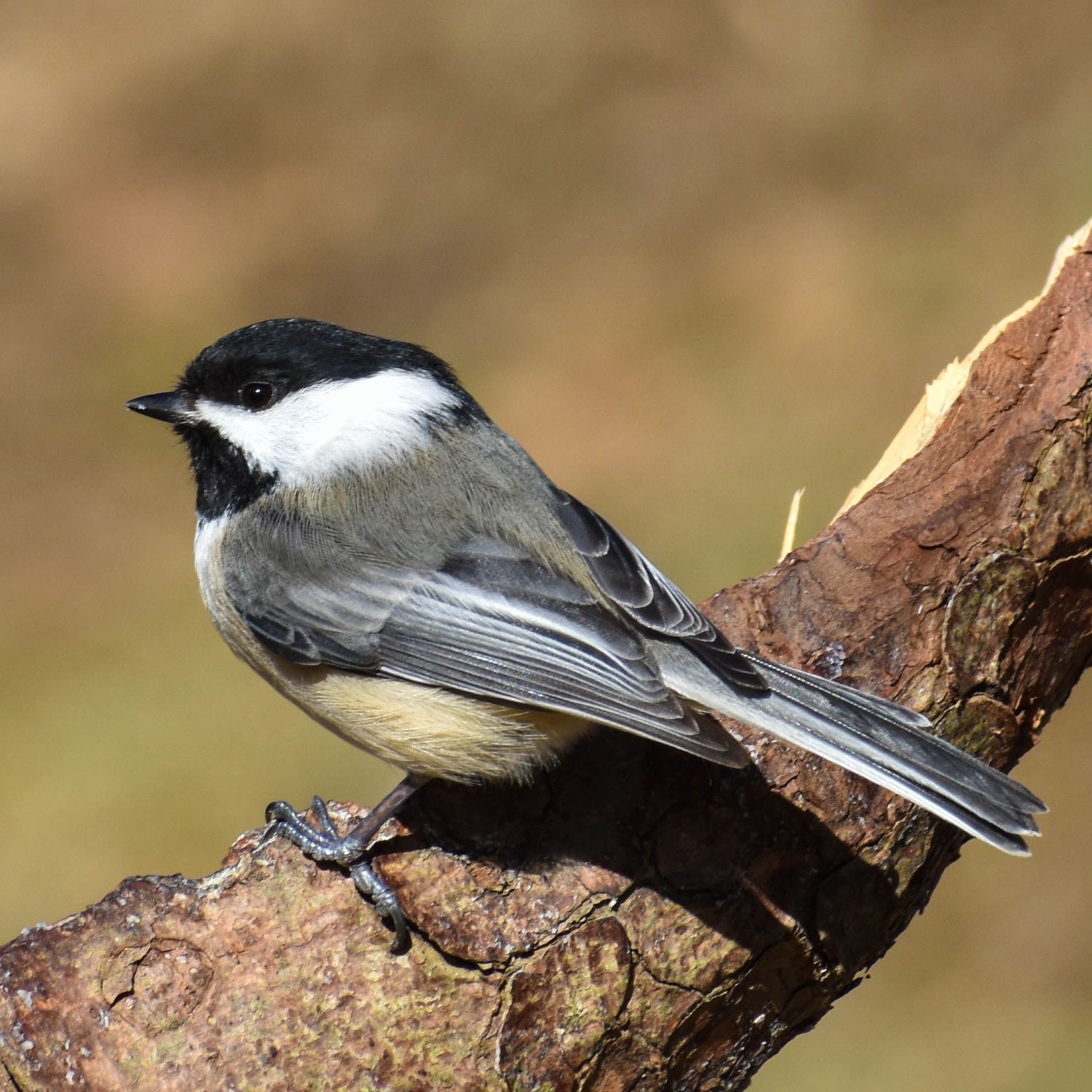
Black Capped Chickadee
11.5-14 cm
The Black Capped Chickadee, found in Eastern and central parts of North America, is a small and plump bird with a short neck, large head, and short bill. Belonging to the family Paridae, these birds are known for their distinct chick-a-dee-dee-dee call and can grow up to 11.5-14 cm in length. Often spotted in woodlands and parks, these friendly birds are a common sight for birdwatchers and nature enthusiasts.
Animal Details Summary:
Common Name: Black Capped Chickadee
Kingdom: Animalia
Habitat: Deciduous and mixed forests, woodlands, and suburban areas
The Black Capped Chickadee: A Charming and Intelligent Creature of North America
In the vast and diverse kingdom of animals, few creatures are as universally known and cherished as the black capped chickadee. Despite its small size, this little bird is a familiar and beloved resident of North America's forests and suburban areas. With its distinctive coloration, clever personality, and unique behaviors, the black capped chickadee has captured the hearts and minds of nature enthusiasts and casual observers alike.A Bird of Many Names
Scientifically known as Poecile atricapillus, the black capped chickadee is a small bird belonging to the family Paridae, commonly referred to as titmice Black Capped Chickadee. It is also known as the black capped titmouse or the common chickadee. However, its most popular name, the black capped chickadee, has become synonymous with this charming creature.Standing at just 11.5-14 cm and weighing around 9-14 g, the black capped chickadee may seem unassuming compared to other birds. However, its small size is overshadowed by its striking coloration and intelligent nature.
A Familiar Sight in North America
The black capped chickadee is a native of North America, particularly the eastern and central parts of the continent. Its geographical distribution covers the majority of the United States and Canada, making it a common sight for those living in these regions.This little bird can be found in a variety of habitats, including deciduous and mixed forests, woodlands, and even suburban areas. It is adaptable and can thrive in different environments, as long as it has access to food and shelter Barred Owl.
The Many Appetites of the Black Capped Chickadee
One of the most intriguing features of the black capped chickadee is its feeding method. This bird is an omnivore, meaning it has a varied diet that includes both plants and animals. Its small size and quick movements make it well-suited for hunting insects, spiders, and other small invertebrates. It also feeds on seeds, berries, and fruits, making it an important disperser of plant seeds in its habitat.In the winter months, when food is scarce, the black capped chickadee has a remarkable ability to enter a state of torpor. This is a form of hibernation where its metabolic rate slows down, allowing it to conserve energy and survive the harsh conditions of winter. This unique adaptation has helped the black capped chickadee become a resilient and enduring species.
The Social Butterflies of the Bird World
The black capped chickadee may be small in size, but it has a big personality. These birds are highly social and are often found in flocks, especially during the winter months. They communicate with each other using a variety of calls, including their signature "chick-a-dee-dee-dee" call that gives them their name.Despite their small size, black capped chickadees have a complex social hierarchy within their flock. They form long-lasting pair bonds and often stay with the same mate for several years. They also show altruistic behavior, with some individuals sacrificing their own food for the benefit of the whole flock.
A Close Encounter with the Black Capped Chickadee
If you live in North America, chances are you've had a close encounter with a black capped chickadee. These bold and curious birds are known for their friendly and approachable nature, often visiting bird feeders and even perching on outstretched hands.Their fearlessness and charm have made them popular among birdwatchers and backyard bird enthusiasts. In fact, the black capped chickadee is the state bird of both Maine and Massachusetts, a testament to its widespread appeal and endearing nature.
The Intelligent and Adaptable Chickadees
In addition to their social nature, black capped chickadees are also known for their cleverness and adaptability. These birds have been documented using tools to access food, such as using a twig to pry open crevices in trees to get to insects.They are also skilled at using camouflage to avoid predators, blending in with the bark of trees or hiding among branches and leaves. Their quick thinking and resourcefulness have made them a successful and resilient species in their environment.
A Chirping Ambassador for Environmental Conservation
The black capped chickadee is not just a charming and delightful bird but also a valuable ambassador for environmental conservation. As a native bird to North America, it plays an important role in maintaining the balance of its ecosystem. With its varied diet, it helps to control insect populations, while its foraging behavior aids in the dispersal of seeds, promoting plant growth and diversity.However, like many other species, black capped chickadees face numerous threats, including habitat loss, climate change, and pollution. As humans continue to encroach on their natural habitat, these birds are forced to adapt and find new ways to survive. By learning more about their behavior and advocating for their protection, we can play a part in preserving these charming creatures for future generations to enjoy.
In Conclusion
In conclusion, the black capped chickadee may be a tiny bird, but it has captivated our hearts and minds with its unique and endearing characteristics. From its striking coloration to its clever behavior and social nature, this charming creature has become an integral part of the North American landscape.Through its adaptability and resilience, the black capped chickadee has shown us the importance of coexisting and adapting to our changing environment. As we continue to learn more about this remarkable species, may we also be inspired to protect and preserve their natural habitats for generations to come.

Black Capped Chickadee
Animal Details Black Capped Chickadee - Scientific Name: Poecile atricapillus
- Category: Animals B
- Scientific Name: Poecile atricapillus
- Common Name: Black Capped Chickadee
- Kingdom: Animalia
- Phylum: Chordata
- Class: Aves
- Order: Passeriformes
- Family: Paridae
- Habitat: Deciduous and mixed forests, woodlands, and suburban areas
- Feeding Method: Omnivorous
- Geographical Distribution: North America
- Country of Origin: USA and Canada
- Location: Eastern and central parts of North America
- Animal Coloration: Black cap and bib, white cheeks, gray back, wings, and tail
- Body Shape: Small and plump with a short neck, large head, and short bill
- Length: 11.5-14 cm

Black Capped Chickadee
- Adult Size: Small
- Average Lifespan: 2-3 years
- Reproduction: Monogamous
- Reproductive Behavior: Nest in tree cavities, old woodpecker holes, and bird boxes
- Sound or Call: Distinctive "chick-a-dee-dee-dee" call
- Migration Pattern: Resident and only migrate short distances
- Social Groups: Form small flocks in winter, but pairs during breeding season
- Behavior: Active and acrobatic, often hanging upside down to forage
- Threats: Habitat loss, climate change, predation
- Conservation Status: Least Concern
- Impact on Ecosystem: Important dispersers of seeds and insect control
- Human Use: Popular bird for birdwatching and can be attracted to backyard feeders
- Distinctive Features: Black cap and bib, unique call
- Interesting Facts: Can remember thousands of hiding places for food
- Predator: Birds of prey, snakes, and mammals
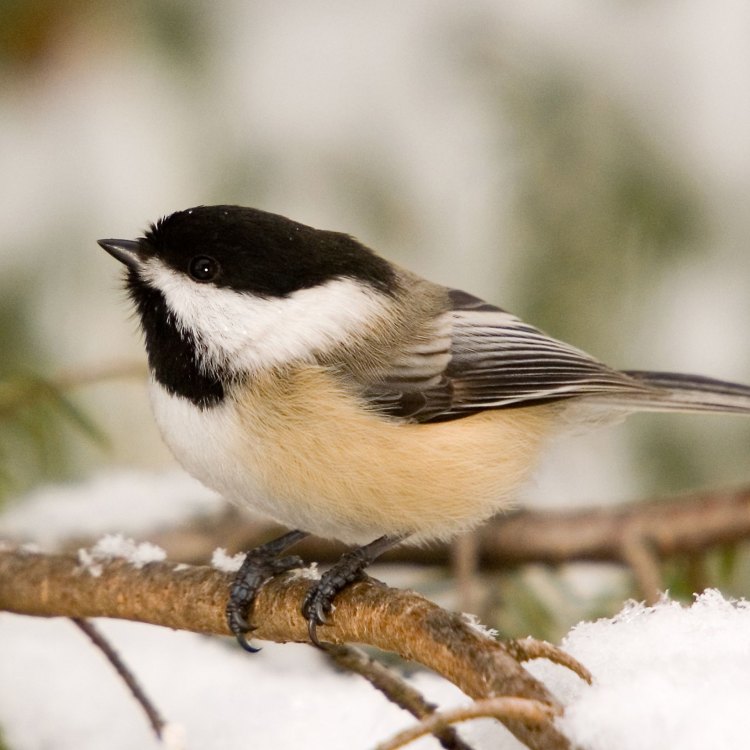
Poecile atricapillus
The Fascinating World of the Black Capped Chickadee: Small, But Mighty
In the vast and diverse world of birds, there is one small yet mighty creature that has captured the hearts of many bird enthusiasts - the Black Capped Chickadee. Despite its size, this little bird is beloved for its acrobatic behavior, distinctive call, and unique features. Let's take a deeper look into the life of this fascinating bird.The Black Capped Chickadee, scientifically known as Poecile atricapillus, is a small songbird that can be found in North America PeaceOfAnimals.Com. As its name suggests, it has a black cap and bib on its head, which contrasts against its white cheeks and grayish wings. But don't let its petite appearance fool you, as this bird has an impressive set of skills and features that make it stand out in the avian world.
The adult size of a Black Capped Chickadee ranges from 11 to 14 centimeters, with a wingspan of 15 to 19 centimeters. Despite its small size, it has an average lifespan of 2-3 years in the wild, with some individuals living up to 5 years. This short lifespan is due to various factors, such as predation, diseases, and harsh weather conditions.
The Black Capped Chickadee is a monogamous species, meaning a male and female form a lifelong bond. They are loyal and devoted partners, often foraging and singing together. They also build their nests together, a behavior that reflects their strong bond.
During breeding season, which typically starts in late April or early May, the Black Capped Chickadees nest in tree cavities, old woodpecker holes, and bird boxes Border Collie. Both the male and female take part in excavating the nest, which is lined with moss, fur, and other soft materials. Interestingly, they are known to display a unique behavior where they "sing" while inside the nest, which is believed to strengthen their bond as a pair.
One of the most notable characteristics of the Black Capped Chickadee is its distinctive call, which goes "chick-a-dee-dee-dee." This call is a combination of different notes, each serving a specific purpose. For instance, they use a high-pitched "dee" to alert others of potential danger, while a slower, lower-pitched variation is used to communicate within their flock. Some researchers have even found that each individual bird has its own distinct variation of the call, making it easier for them to identify each other.
The Black Capped Chickadee is a resident species, meaning it does not migrate long distances. They only migrate short distances during winter to search for food and shelter. During this time, they form small flocks, often consisting of other chickadee species and nuthatches. However, during breeding season, they go back to their monogamous pairings.
This bird is known for its active and acrobatic behavior, often seen hanging upside down while foraging for insects and seeds. They have strong feet and can even cling to the underside of branches effortlessly. This unique behavior makes them a joy to watch for bird enthusiasts, and they are a popular target for bird photography.
Unfortunately, like many other species, Black Capped Chickadees are facing various threats. Habitat loss due to deforestation is a major concern, as they rely heavily on trees for shelter and nesting. Climate change is another issue, as it disrupts their breeding patterns and could affect their food sources. Predation by birds of prey, snakes, and mammals also poses a threat to their survival.
Despite these threats, the Black Capped Chickadee has a conservation status of Least Concern, according to the International Union for Conservation of Nature (IUCN). This could be due to their adaptability and flexibility in different habitats, making them resilient to environmental changes.
Not only are Black Capped Chickadees fascinating creatures, but they also play a crucial role in the ecosystem. As important dispersers of seeds, they help with plant reproduction and vegetation growth. They also control insect populations, making them beneficial for farmers and gardeners.
Humans have also found value in these birds, particularly for birdwatching. Black Capped Chickadees are a popular target for birdwatchers, thanks to their active and acrobatic behavior. They are also known to be attracted to backyard feeders, making them a common sight in many neighborhoods. Some even consider them "friendly" birds, as they are known to be curious and unafraid of humans.
Apart from their unique features and behaviors, Black Capped Chickadees have some interesting facts that make them even more fascinating. One remarkable ability that they possess is their ability to remember thousands of hiding places for food. They have an excellent spatial memory, which allows them to find their hidden food even after several months.
In the wild, Black Capped Chickadees face threats from predators such as birds of prey, snakes, and larger mammals. However, they have adapted to this harsh reality by being extremely vigilant and having a unique set of defense mechanisms. For example, they often form mixed-species flocks during winter, providing them with safety in numbers. They also have different alarm calls to warn others of potential danger.
In summary, the Black Capped Chickadee may be small in size, but it is undoubtedly mighty and full of surprises. From its acrobatic behavior to its unique call and impressive memory, this bird never fails to amaze us. However, with habitat loss and climate change continuing to pose a threat, it is essential to appreciate and protect these feathered creatures, ensuring their survival for future generations to come.
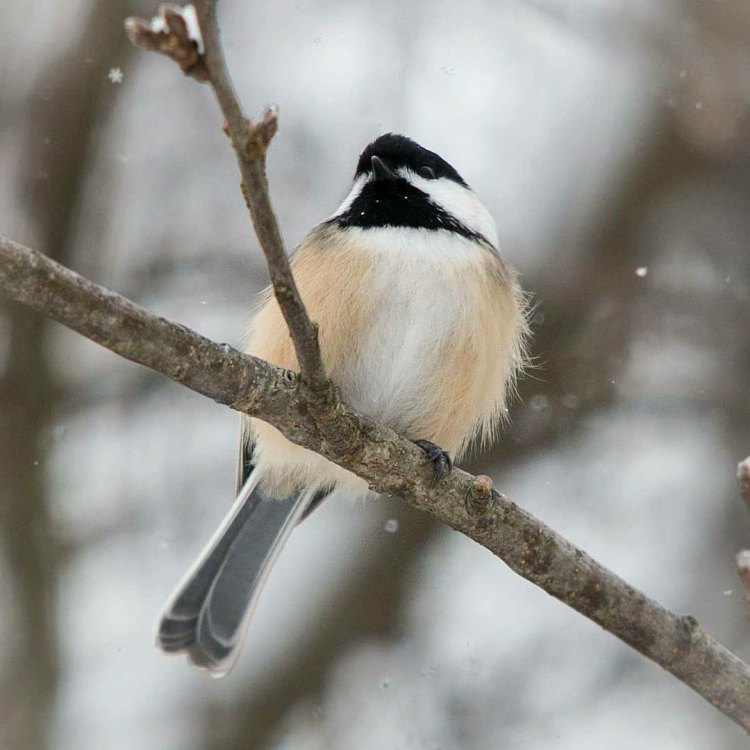
The Black Capped Chickadee: A Charming and Intelligent Creature of North America
Disclaimer: The content provided is for informational purposes only. We cannot guarantee the accuracy of the information on this page 100%. All information provided here may change without prior notice.



